Home>Articles>Who Would Not Typically Need A Steamer During A Facial Procedure?
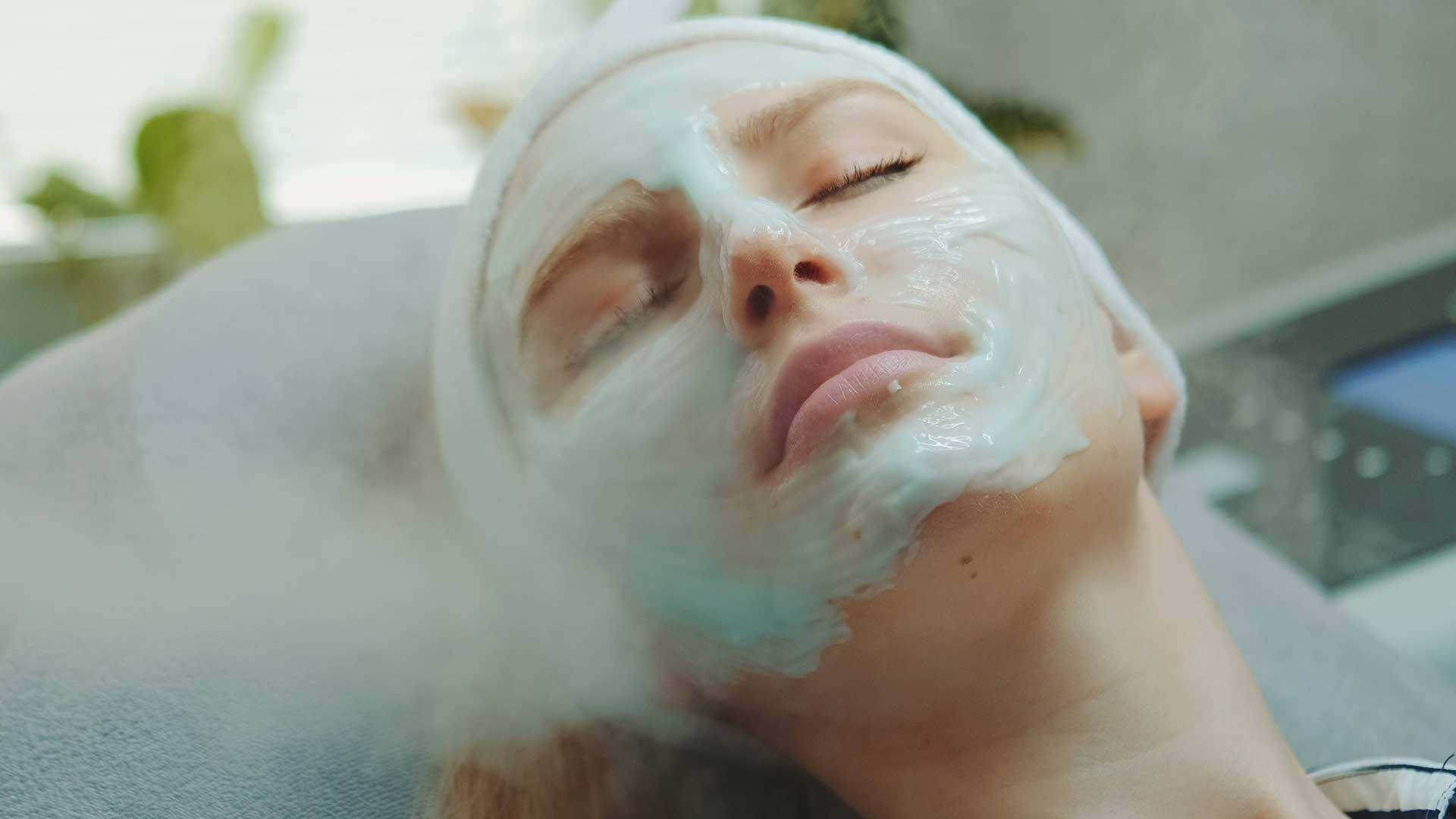

Articles
Who Would Not Typically Need A Steamer During A Facial Procedure?
Modified: January 6, 2024
Discover why certain individuals may not require a steamer during a facial procedure. Explore insightful articles to gain valuable knowledge on this topic.
(Many of the links in this article redirect to a specific reviewed product. Your purchase of these products through affiliate links helps to generate commission for Storables.com, at no extra cost. Learn more)
Introduction
A facial procedure is a common treatment that helps improve the health and appearance of the skin on the face. It involves a series of steps designed to cleanse, exfoliate, nourish, and rejuvenate the skin. One of the key elements in a facial procedure is the use of a steamer, which aids in the preparation and enhancement of the skin.
A steamer is a device that emits a gentle, continuous stream of warm vapor, which is directed towards the face. This warm mist helps to open up the pores, soften the skin, and relax the facial muscles. It creates a spa-like experience and allows for better absorption of skincare products.
In this article, we will explore the benefits of using a steamer during a facial procedure and discuss who would typically benefit from it. We will also address situations in which a steamer may not be necessary or suitable for certain individuals during a facial treatment.
Key Takeaways:
- Using a steamer during a facial procedure can benefit those with congested, dry, or mature skin, enhancing deep cleansing, hydration, and relaxation. However, individuals with sensitive skin or certain medical conditions may not need a steamer.
- While a steamer enhances facial treatments for many, it may not be suitable for those with sensitive skin, respiratory conditions, or open wounds. Consulting a skincare professional is crucial to personalize the treatment for optimal results.
Read more: What To Put In Facial Steamer
What is a facial procedure?
A facial procedure is a professional skincare treatment that focuses on improving the overall health and appearance of the skin on the face. It is typically performed by a trained esthetician or skincare professional in a spa or salon setting.
The procedure involves a series of steps that are customized based on the individual’s skin type and concerns. It usually begins with a thorough cleansing to remove any dirt, oil, or makeup from the skin’s surface. This is followed by exfoliation, which helps to slough off dead skin cells and promote cell turnover.
After exfoliation, various treatments may be applied to address specific skin concerns. These may include the application of masks, serums, or creams that are tailored to hydrate, nourish, brighten, or soothe the skin. Facial massage techniques may also be incorporated to enhance relaxation and stimulate blood circulation.
One important step in a facial procedure is the extraction of blackheads, whiteheads, or other impurities that may be clogging the pores. This is done using specialized tools or manual techniques to gently remove the buildup without causing damage to the skin.
To complete the facial procedure, a moisturizer and sunscreen are applied to protect and hydrate the skin. The skincare professional may also provide recommendations for a home skincare routine and suggest any follow-up treatments that may be beneficial.
A facial procedure offers numerous benefits, such as deep cleansing, exfoliation, hydration, and relaxation. It can help to improve the skin’s texture, tone, and appearance while also promoting relaxation and rejuvenation.
Benefits of using a steamer during a facial procedure
Using a steamer during a facial procedure can provide a range of benefits for the skin and enhance the overall effectiveness of the treatment. Here are some key advantages:
- Deep cleansing: The warm mist from the steamer helps to open up the pores, allowing for a deeper cleanse. It helps to loosen dirt, oil, and impurities trapped in the pores, making it easier to extract them during the facial procedure.
- Exfoliation enhancement: The steam softens the skin and loosens dead skin cells, making exfoliation more effective. This allows for better removal of the outer layer of the skin, revealing a fresher and more radiant complexion.
- Improved product absorption: The warm vapor from the steamer helps to increase the skin’s permeability, allowing for better absorption of skincare products. This means that the active ingredients in masks, serums, and creams can penetrate deeper into the skin, maximizing their benefits.
- Hydration boost: The steam helps to hydrate the skin by increasing moisture levels. This is especially beneficial for dry or dehydrated skin, as it helps to restore moisture and improve overall skin health.
- Relaxation and stress relief: The sensation of the warm mist enveloping the face can be incredibly calming and soothing. It promotes relaxation, reduces stress, and enhances the overall spa-like experience of the facial procedure.
- Stimulated blood circulation: The heat from the steamer improves blood circulation in the skin, which can bring more oxygen and nutrients to the cells. This can contribute to a healthier complexion and a natural glow.
Overall, using a steamer during a facial procedure enhances the efficacy of the treatment by deep cleansing the pores, improving exfoliation, boosting product absorption, providing hydration, promoting relaxation, and stimulating blood circulation. It is an essential tool for estheticians to achieve optimal results for their clients’ skin.
If you have dry or sensitive skin, you may not need a steamer during a facial procedure. Steaming can exacerbate dryness and irritation, so it’s best to discuss your skin type with a professional before including it in your facial routine.
Who would typically benefit from using a steamer during a facial procedure?
The use of a steamer during a facial procedure can benefit a wide range of individuals with different skin types and concerns. Here are some examples of those who would typically benefit from using a steamer:
- Individuals with congested skin: If you have oily or acne-prone skin, a steamer can be especially beneficial. The warm vapor helps to open up the pores, making it easier to remove excess sebum, dirt, and impurities. This can reduce the occurrence of blackheads, whiteheads, and breakouts.
- People with dry or dehydrated skin: The steam from the steamer provides a boost of hydration to the skin. It helps to moisturize and soften the skin, relieving dryness and promoting a healthier complexion. Those with dry or dehydrated skin can benefit from the added moisture provided by the steamer.
- Individuals with mature skin: As we age, our skin tends to become drier and loses elasticity. Using a steamer during a facial procedure can help to hydrate the skin, improve moisture retention, and enhance the absorption of anti-aging products. This can minimize the appearance of fine lines, wrinkles, and age spots.
- People looking to achieve a deeper cleanse: The steam aids in the deep cleansing of the skin by opening up the pores and loosening impurities. If you have a buildup of dirt, oil, or makeup on your skin, using a steamer during the facial procedure can help to achieve a more thorough cleanse.
- Individuals who want to enhance product absorption: The warm vapor from the steamer increases the skin’s permeability, allowing for better absorption of skincare products. If you use masks, serums, or creams as part of your skincare routine, a steamer can enhance their efficacy by ensuring that the active ingredients are effectively absorbed into the skin.
- People seeking relaxation and stress relief: The sensation of the warm mist enveloping the face can be incredibly soothing and relaxing. Using a steamer during a facial procedure can provide a spa-like experience, helping to reduce stress levels and promote a sense of calm and well-being.
It is important to note that while many individuals can benefit from the use of a steamer during a facial procedure, it is best to consult with a skincare professional or esthetician to determine if it is suitable for your specific skin type and condition.
Who would not typically need a steamer during a facial procedure?
While using a steamer during a facial procedure can provide numerous benefits, there are certain situations in which a steamer may not be necessary or suitable. Here are some examples of individuals who may not typically need a steamer during a facial procedure:
- People with sensitive skin: Individuals with sensitive or reactive skin may find the heat and moisture from the steamer to be too stimulating or irritating. The steam can potentially aggravate existing skin conditions or cause redness and discomfort. In such cases, a skincare professional may opt for alternative methods that are more gentle and suitable for sensitive skin.
- Those with certain medical conditions: Some medical conditions, such as rosacea or eczema, can cause heightened skin sensitivity. The heat and steam from a steamer may exacerbate these conditions or trigger flare-ups. It is important for individuals with specific medical conditions to consult with their healthcare provider or dermatologist before undergoing any facial procedure involving a steamer.
- Individuals prone to broken capillaries: If you have visible broken capillaries or fragile blood vessels on your face, the heat from a steamer may further weaken these vessels and potentially worsen the condition. It is advisable to consult with a skincare professional to determine the best course of action for your specific situation.
- People with certain respiratory conditions: The warm steam from a steamer can be beneficial for the skin, but it may not be suitable for individuals with respiratory conditions such as asthma or chronic obstructive pulmonary disease (COPD). The steam can potentially trigger breathing difficulties or discomfort. It is essential to prioritize your respiratory health and consult with a healthcare professional regarding any concerns.
- Individuals with open wounds or active acne lesions: If you have open wounds, active acne lesions, or significant inflammation on your face, the steam from a steamer may aggravate these conditions. It is best to allow these areas to heal before incorporating a steamer into your facial procedure.
- People who prefer alternative methods: Some individuals may simply prefer alternatives to steaming during their facial procedure. This could be due to personal preferences, experiences, or specific skincare routines. Skincare professionals can offer alternative techniques and treatments to cater to these preferences.
It is always recommended to consult with a skincare professional or esthetician to determine the best course of action for your specific needs and skin condition. They will be able to assess your skin type, concerns, and any underlying conditions to provide personalized recommendations and alternatives if a steamer is not suitable for you.
Conclusion
Using a steamer during a facial procedure can significantly enhance the overall effectiveness of the treatment and provide numerous benefits for the skin. The warm vapor helps to open up the pores, facilitate deep cleansing, improve product absorption, and provide hydration. It also promotes relaxation and stimulates blood circulation, resulting in a healthier and rejuvenated complexion.
While a steamer is beneficial for many individuals, it is important to consider specific factors that may make it unsuitable for certain individuals. Those with sensitive skin, certain medical conditions, broken capillaries, respiratory conditions, open wounds, or active acne lesions may not typically need or be suitable for a steamer during a facial procedure. It is crucial to consult with a skincare professional to determine the best approach for your specific needs and concerns.
Ultimately, a facial procedure should be personalized to address your unique skin type, concerns, and preferences. Whether or not a steamer is included, the goal is to achieve optimal results and provide a relaxing and rejuvenating experience. The expertise and guidance of a skincare professional will ensure that your facial procedure is tailored to meet your individual needs, leaving you with healthy, glowing skin.
Remember, regular skincare maintenance and a consistent routine will go a long way in maintaining the benefits of a facial procedure. By taking care of your skin at home and incorporating professional treatments periodically, you can continue to enjoy the benefits of a refreshed and radiant complexion.
Frequently Asked Questions about Who Would Not Typically Need A Steamer During A Facial Procedure?
Was this page helpful?
At Storables.com, we guarantee accurate and reliable information. Our content, validated by Expert Board Contributors, is crafted following stringent Editorial Policies. We're committed to providing you with well-researched, expert-backed insights for all your informational needs.
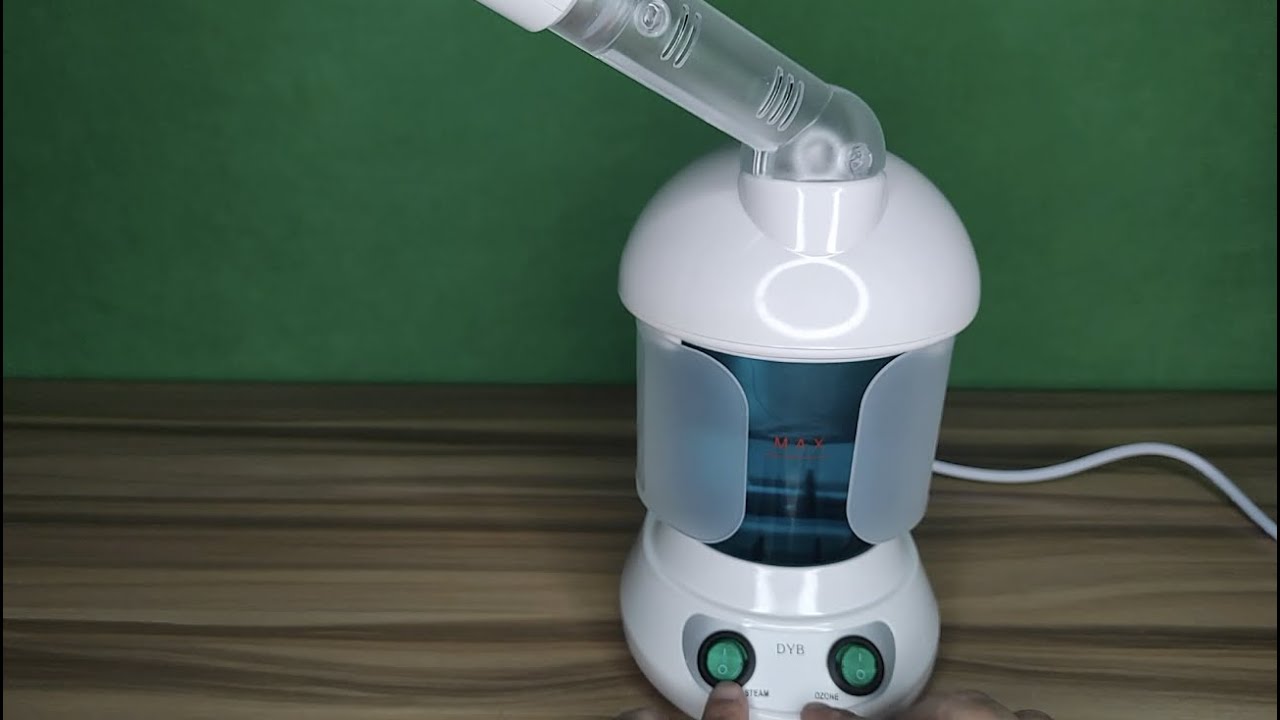
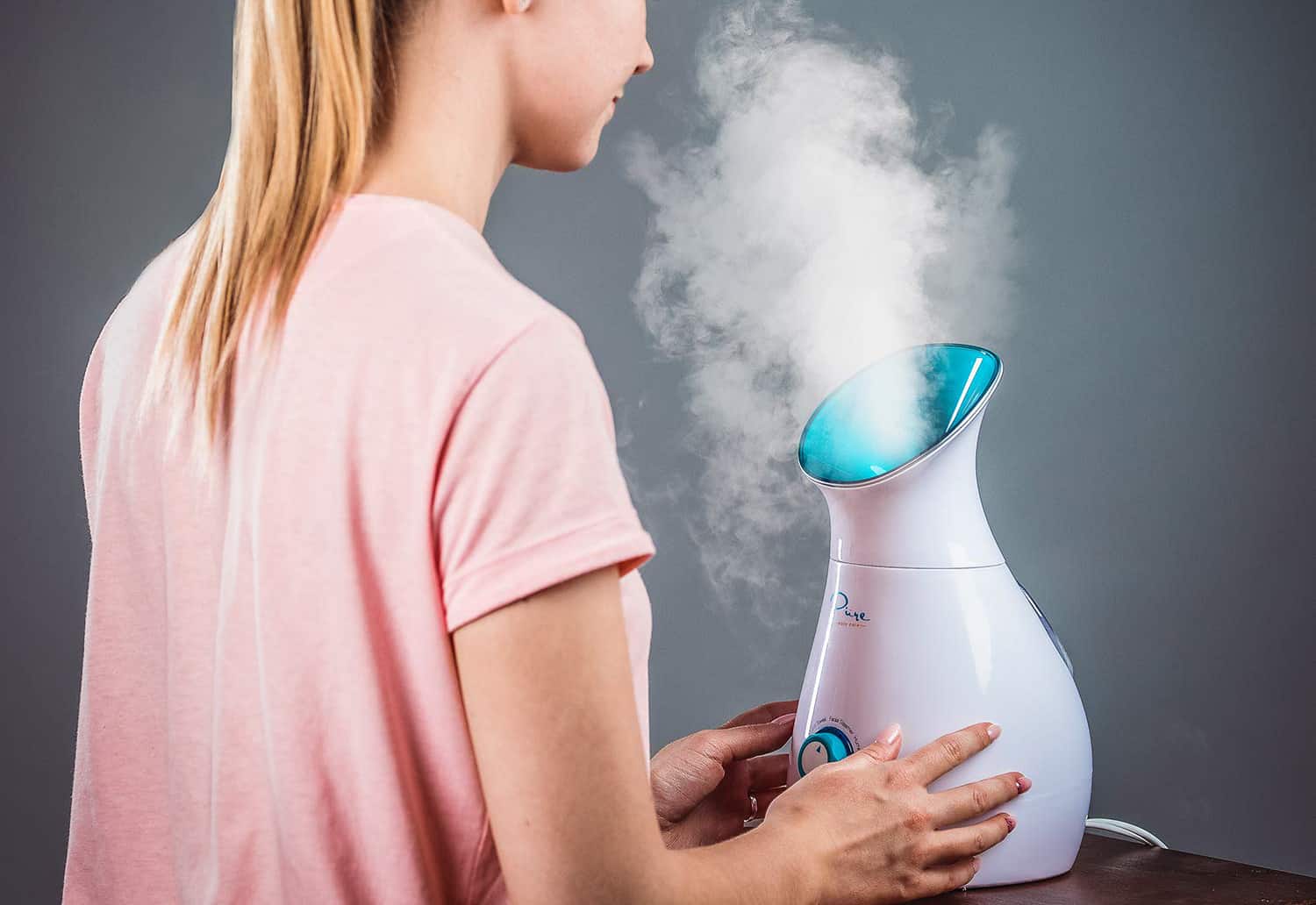
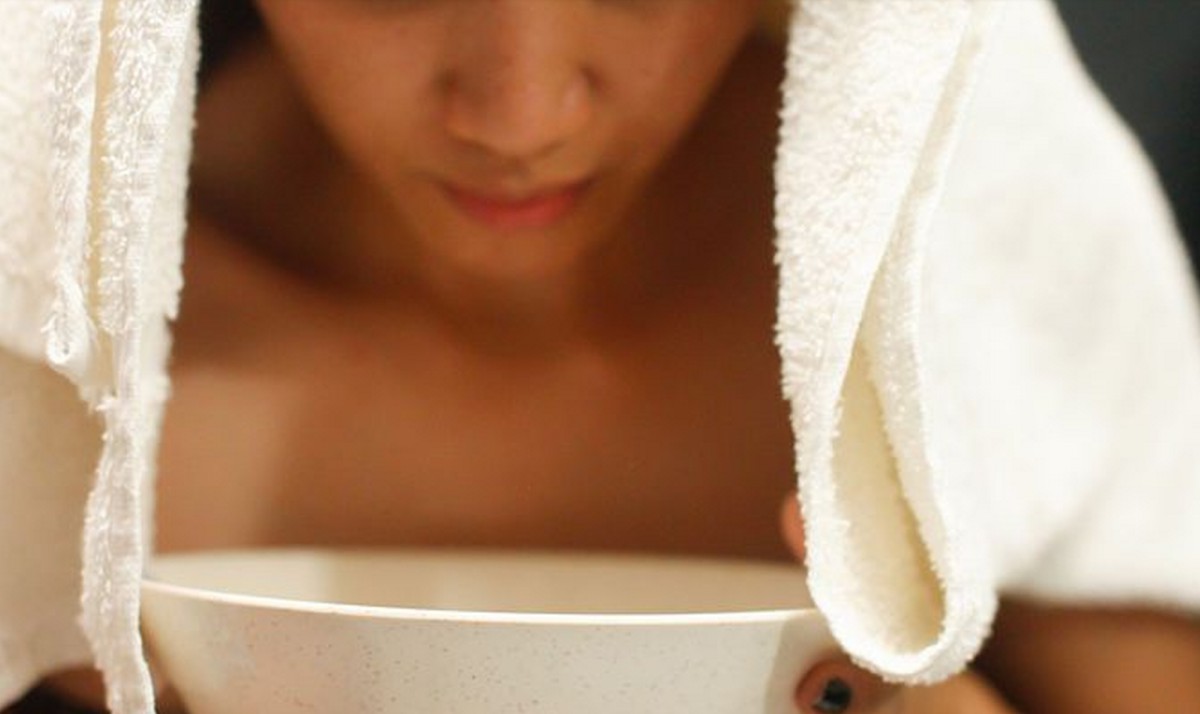
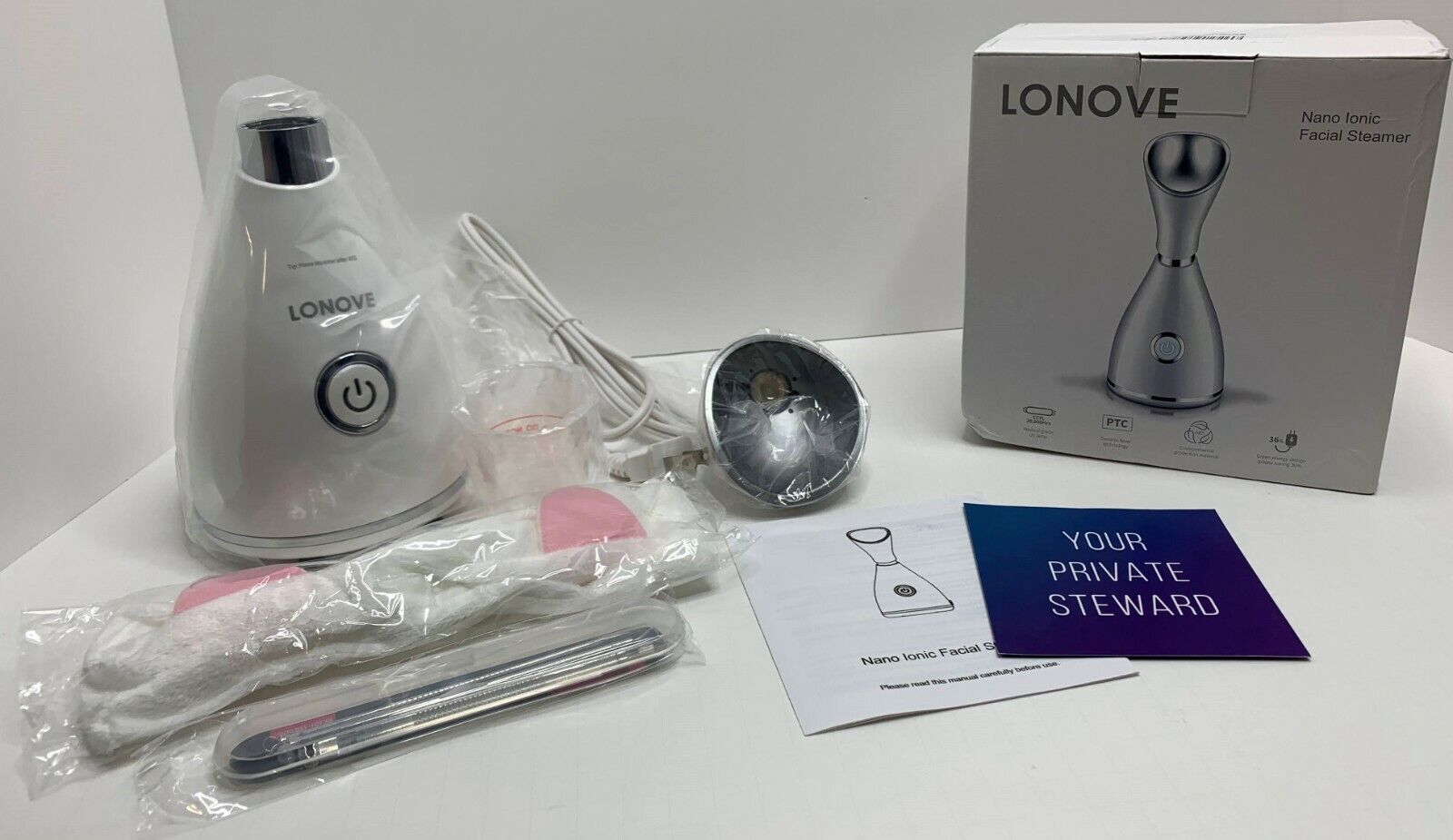
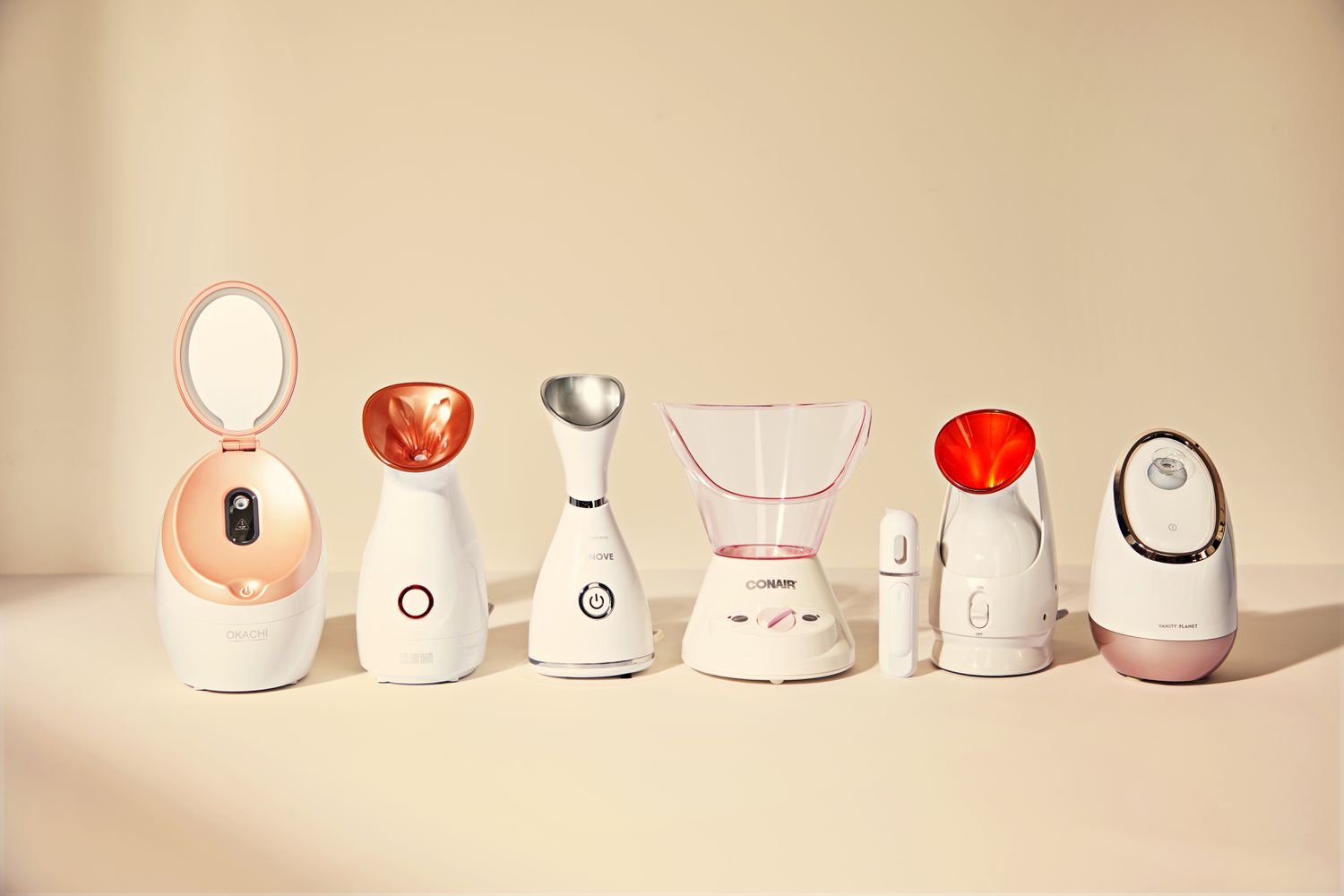

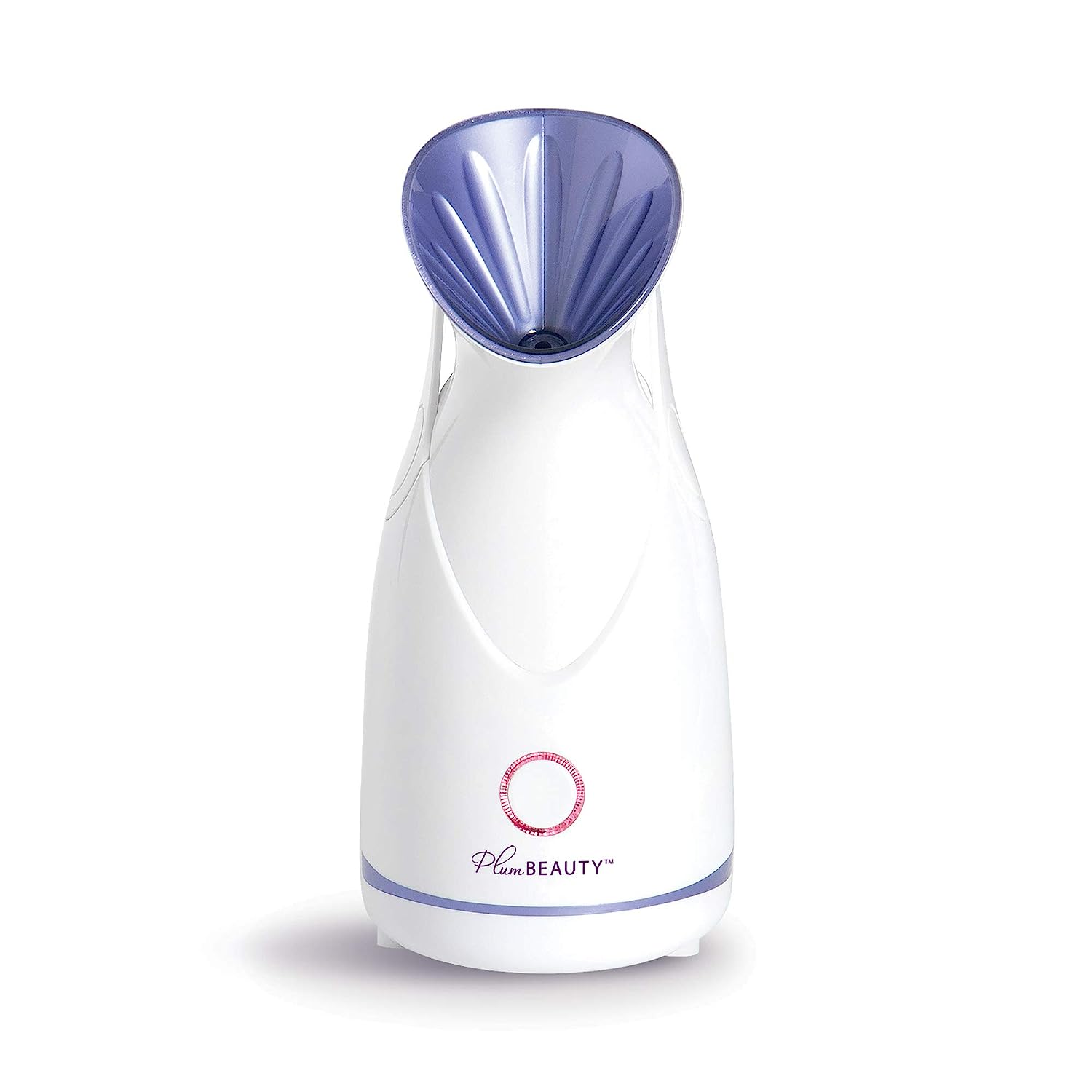
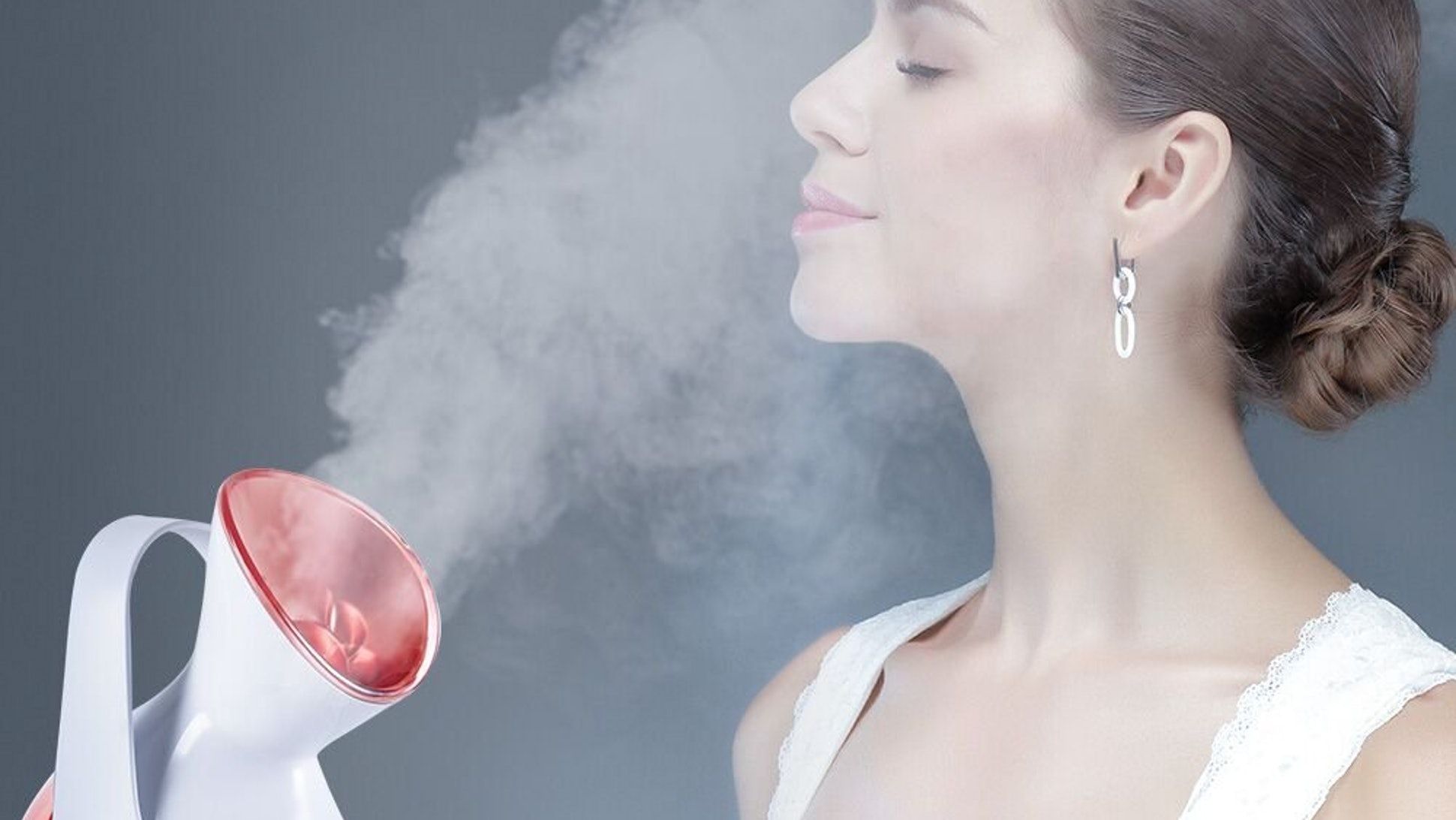
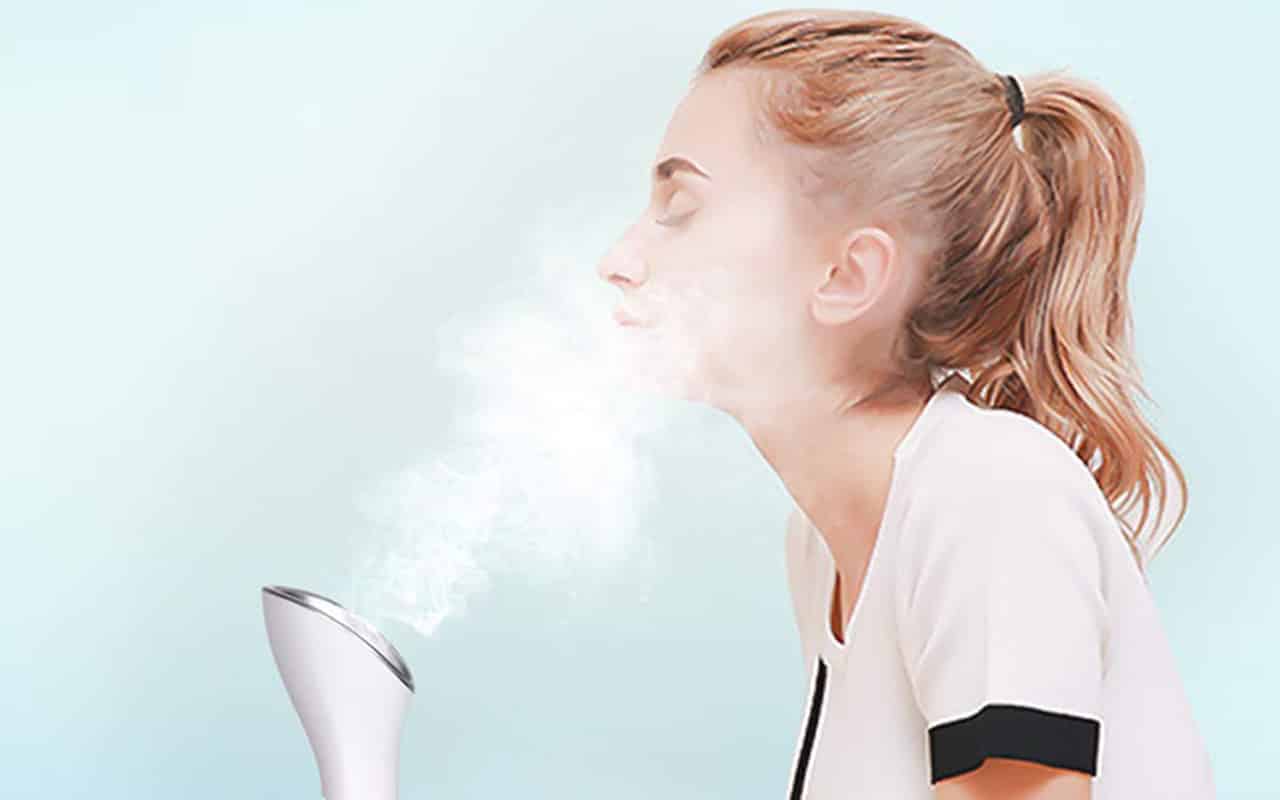
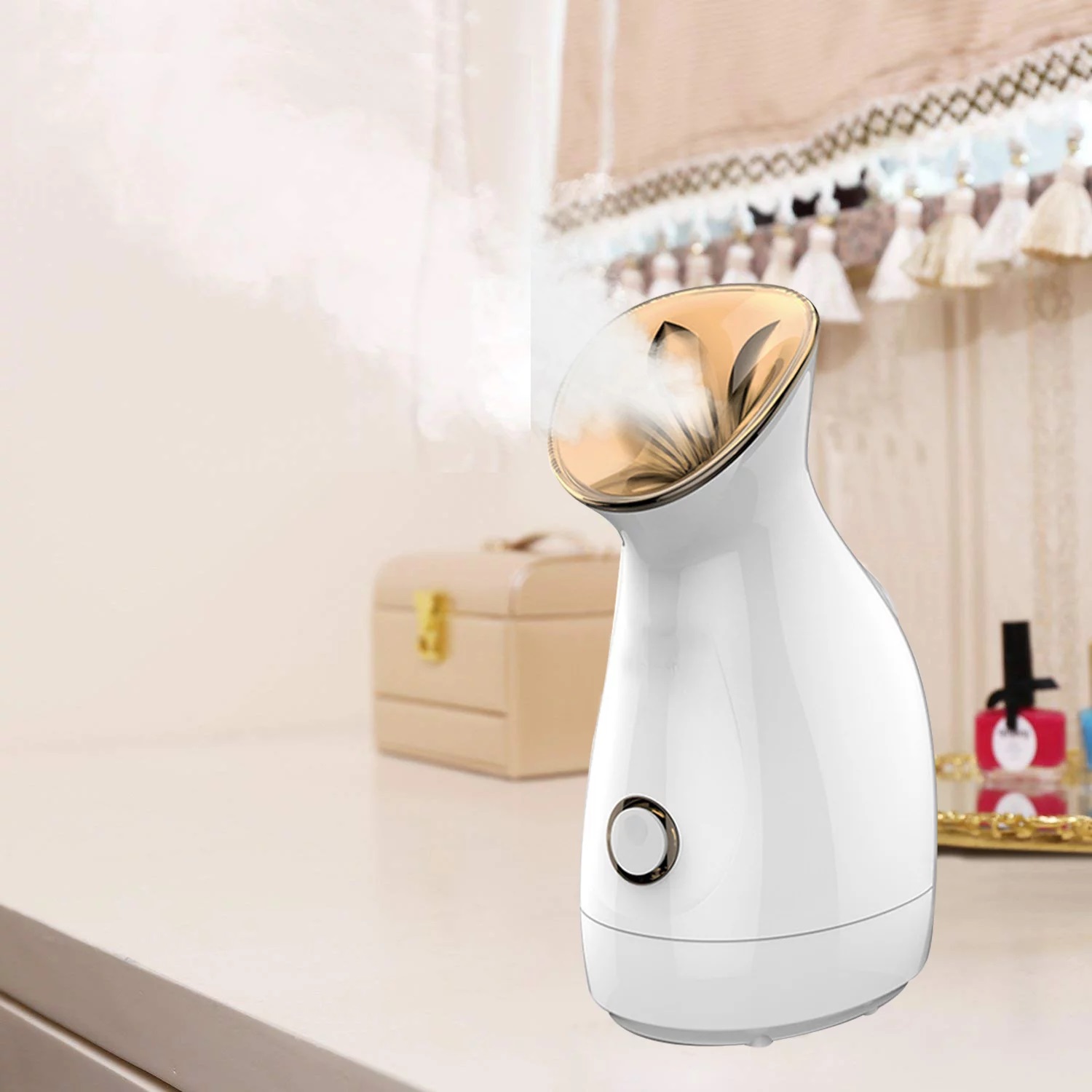
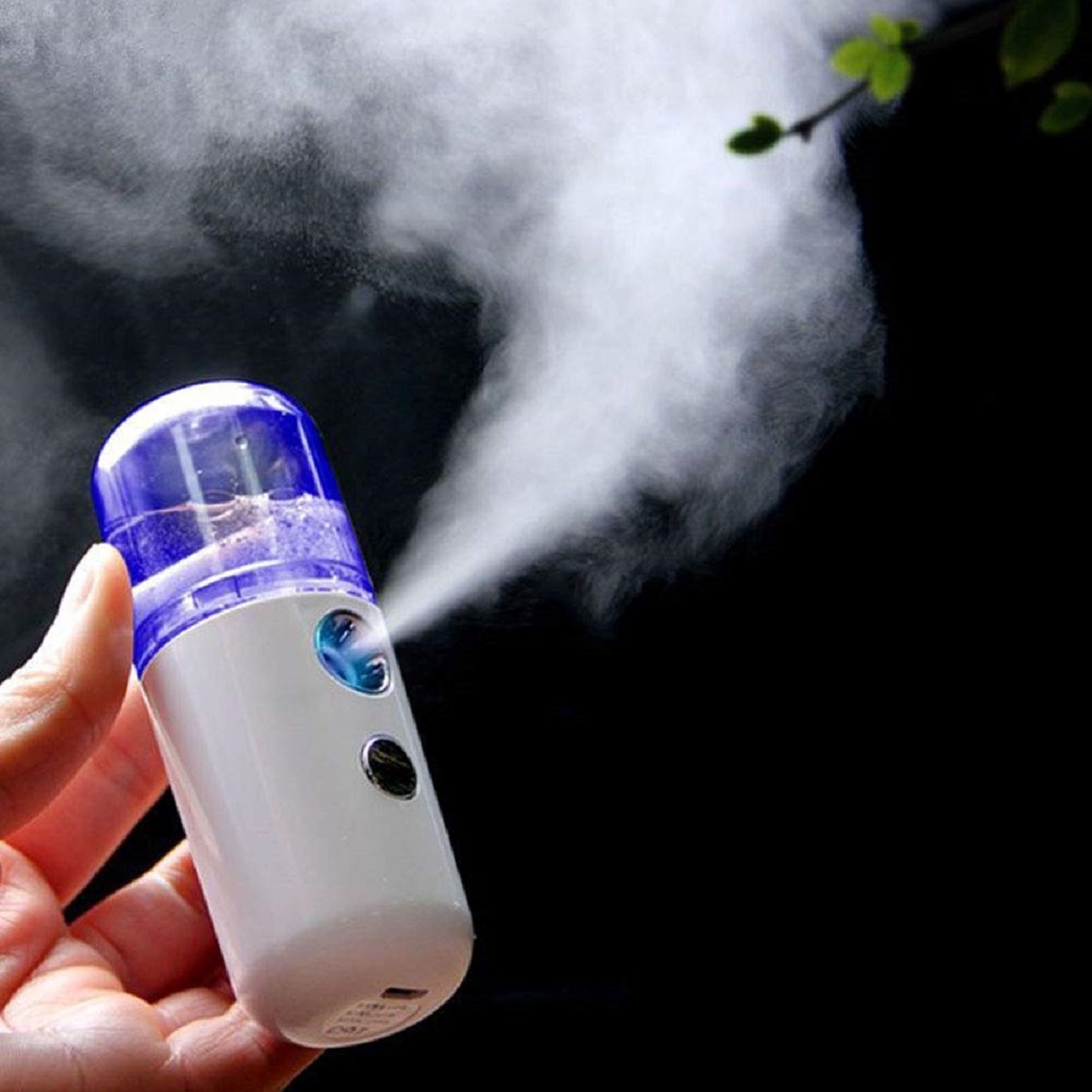
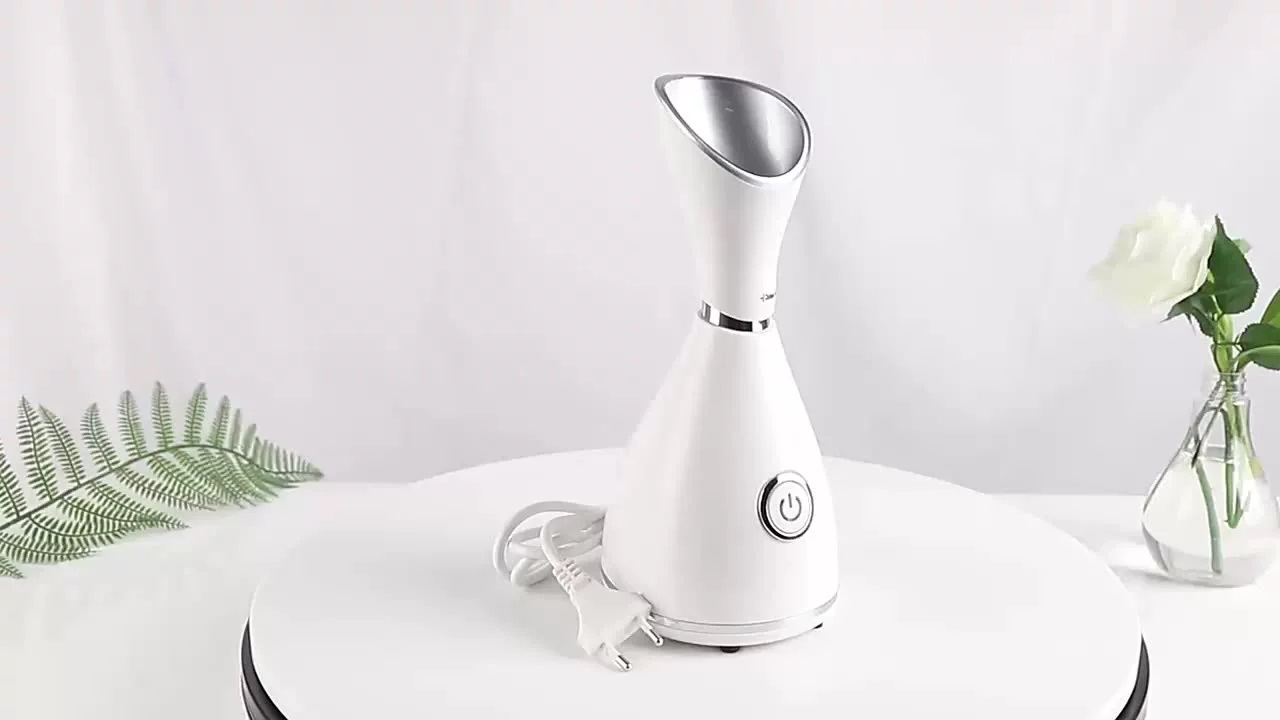

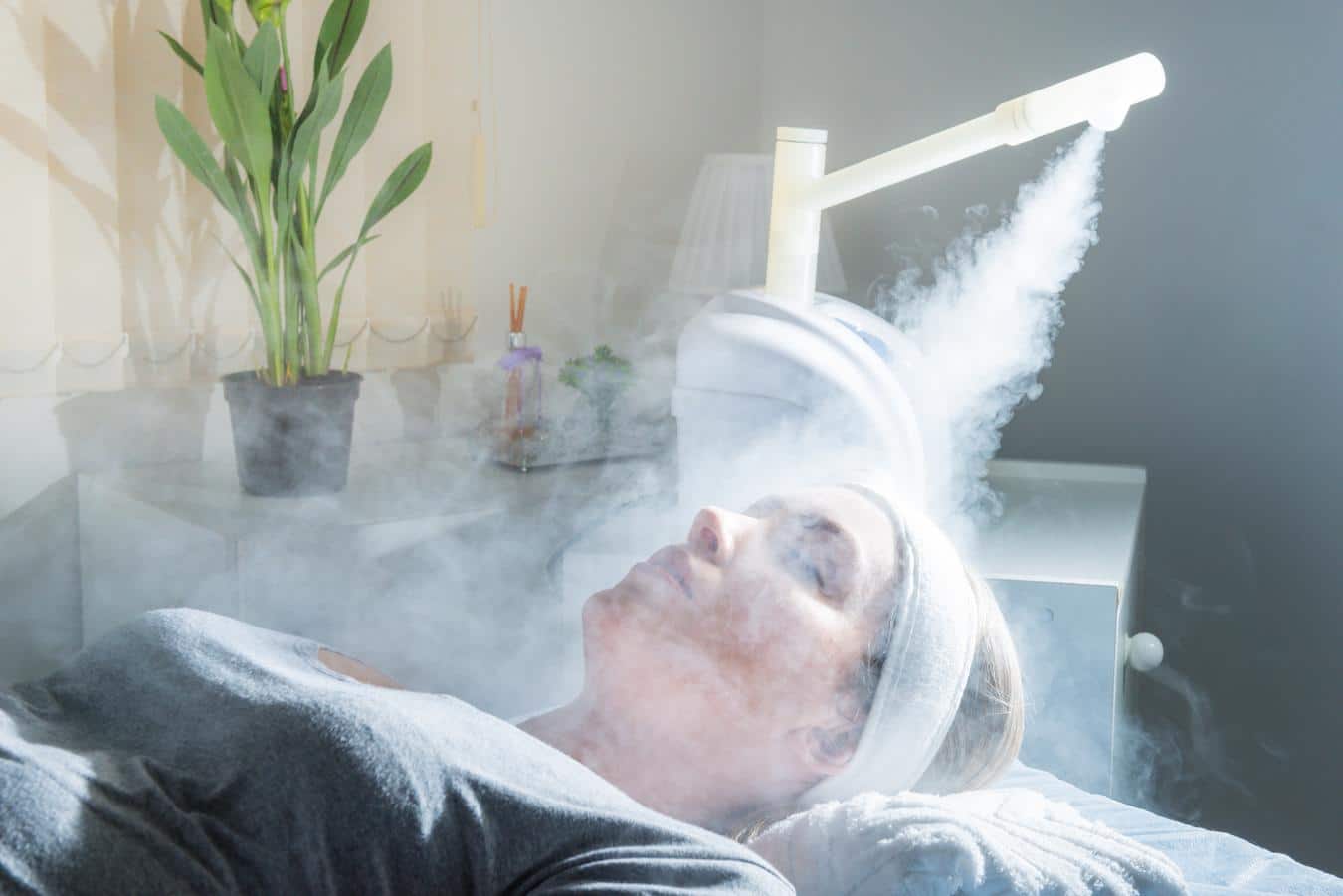

0 thoughts on “Who Would Not Typically Need A Steamer During A Facial Procedure?”